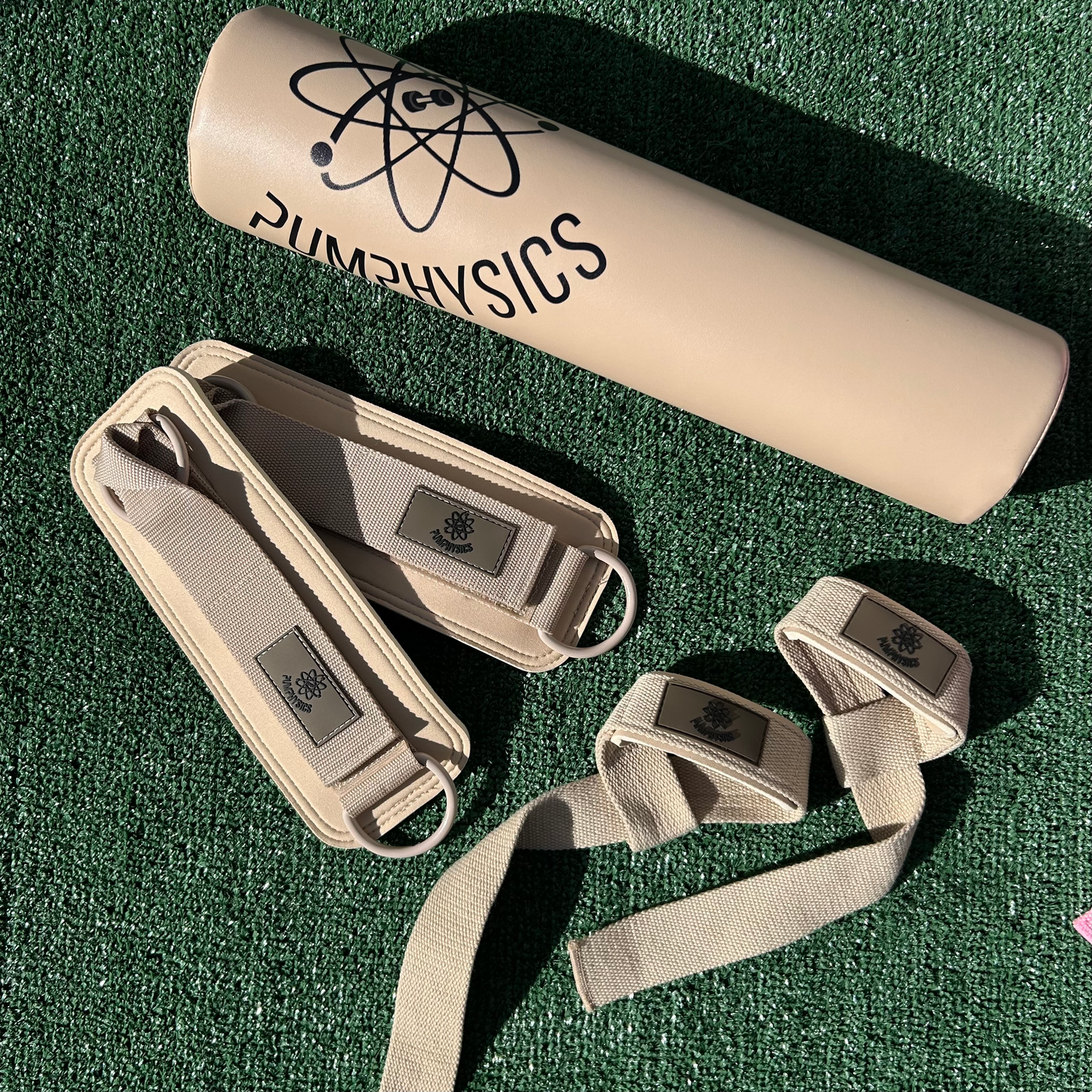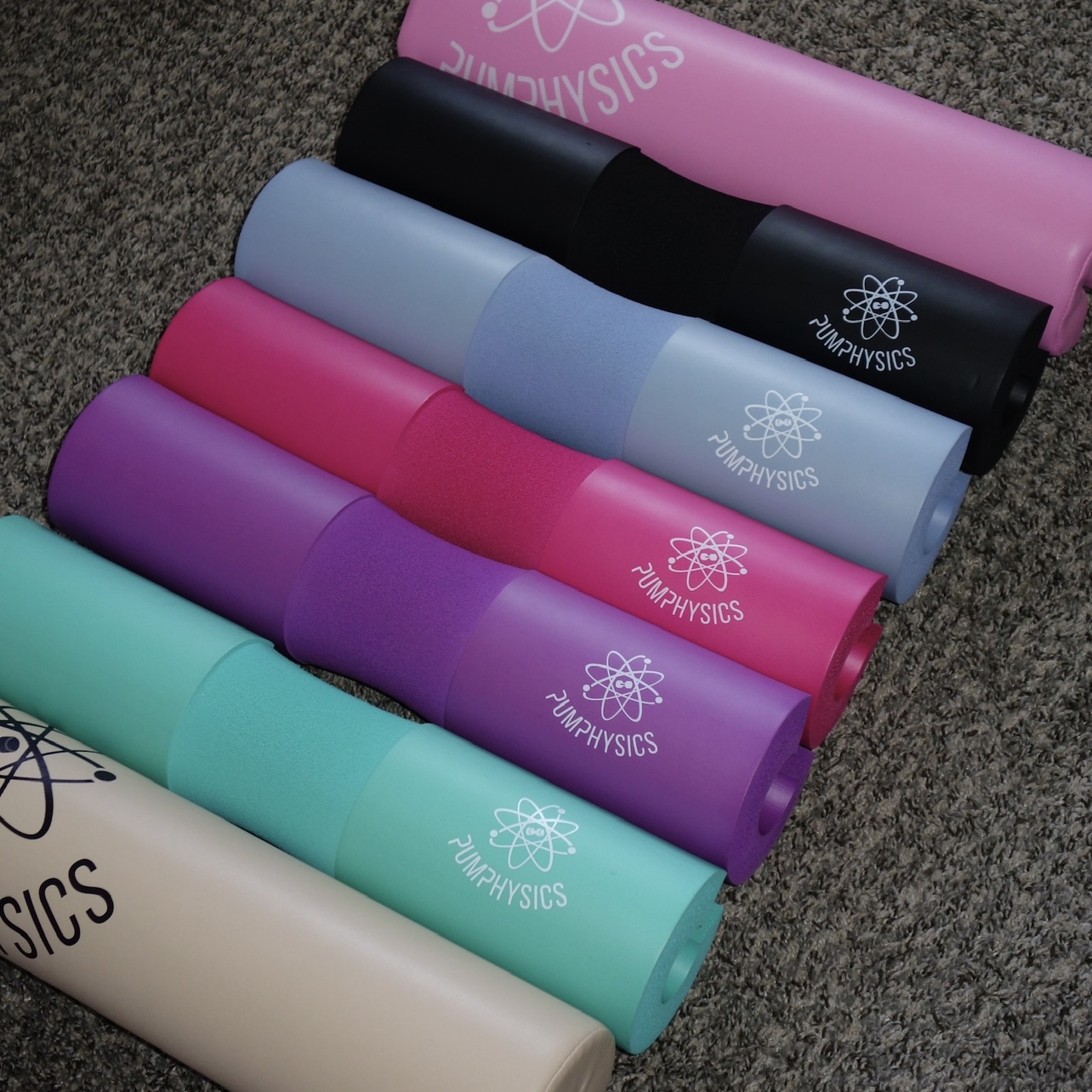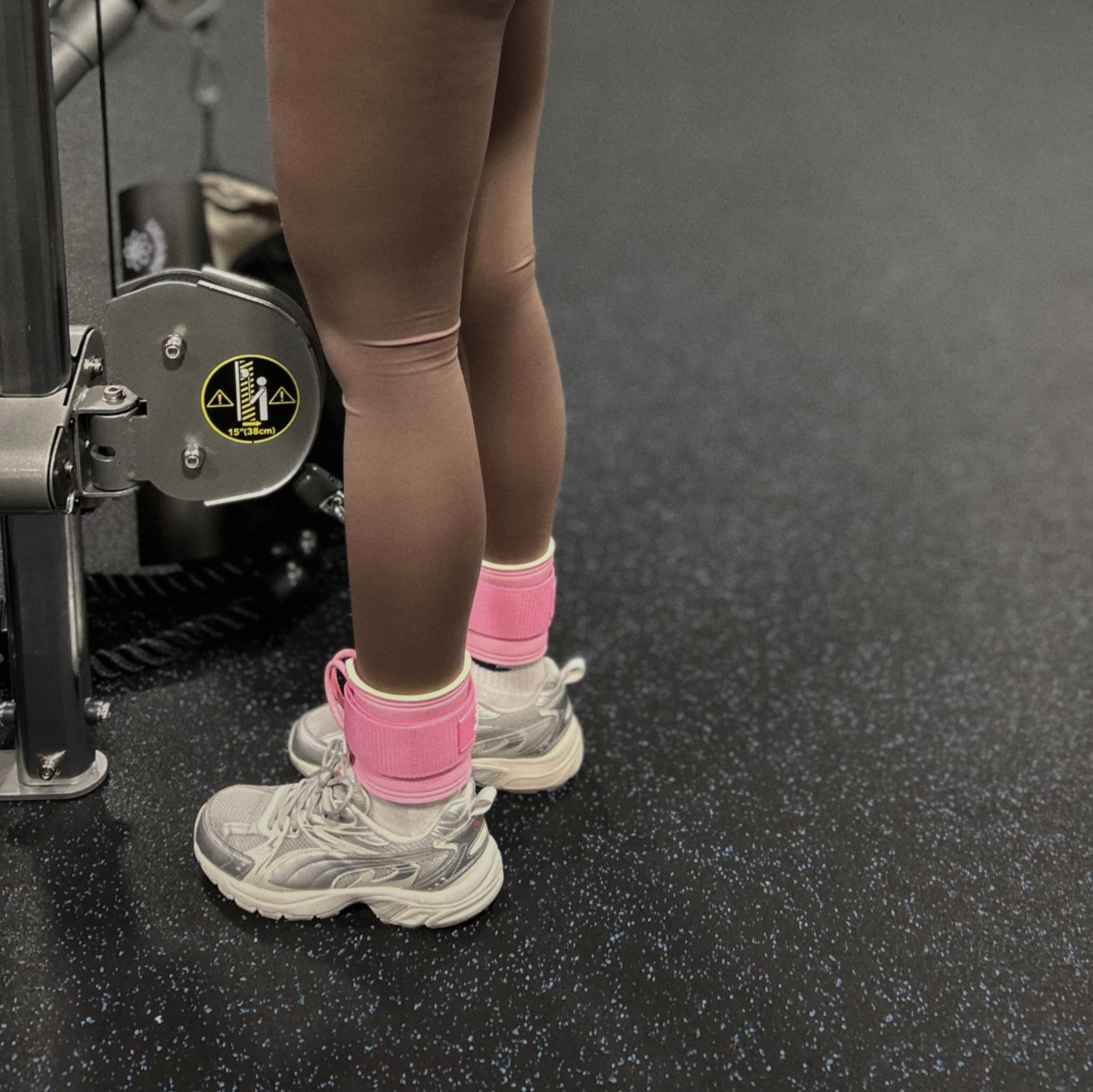Lifting weights is a great hobby for people who want to become more active. It tones/builds your muscles up, as well as keeps your body healthy; mentally and physically!
In this blog post, I will be sharing with you a simple, easy guide to begin your journey in the gym, weightlifting. We will be discussing things like how to structure your workouts, form, diet, and more. It may seem scary at first, but just keep reading, come up with a plan, and you will look like a natural!
How should I structure my workouts?
First things first, let's talk structuring your workouts. You may have a specific muscle in mind that you want to grow more than anything, whether that be your glutes, your arms, chest, etc. To have effective growth, you should be working out these muscles a specific amount of times per week to see good growth. For example, you can train legs about 2-3x per week to see significant growth, which also allows a few days in between training for your muscles to rest. Or, if you prefer to grow your upper body more, you can train your upper body more (2-3x a week) with rest days in between.
Now, when I mention training legs three times a week, it does not necessarily mean that you should do the same exercises every time. Training legs three times a week would be more practical if you are training different muscle groups each time. For example, Monday could be you training your glute muscles, Wednesday can be quad muscles, then Friday could be a mixture of both. This is so that your muscles do not get too tired. Remember that recovery is key--they allow your muscles to grow!
The same concept goes for upper body. Tuesday could be a back and biceps day, Thursday, chest, shoulders, and triceps. For upper body days, since there are many different muscles, I would advise you to group muscles that work together for the same day. When you are working out your back, your biceps work as well, so it would be smartest to train back and biceps on the same day basically killing two birds with one stone. Same goes with chest, which uses triceps to push weight as well as shoulders.
What are sets and repetitions and how do I incorporate that into my workouts?
Sets and repetitions basically make up your workout plan. First things first, a rep, or repetition, is the number of times you perform an exercise consecutively. One pushup = one rep (to put it simply). Now, a set is a group of repetitions. 12 reps can be considered as a set, or even 6 reps can be considered a set.
"Well how do I know how many reps and sets to do?"
It all depends on your goals. If your main goal is to only increase strength, you should stick within the 1-6 rep range. If your main goal is to increase muscle size however, you should stick to the 6-12 rep range. Anything more than that is better for endurance goals.
For each exercise, a set range of 3-5 works best. For each day of exercise, 3-5 workouts per day and muscle group is also pretty solid. Just make sure you are putting solid work into them. Keep reading to know what 'solid work' should really mean.
Training until failure
This is the most IMPORTANT part of weightlifting if you really want to see growth. Training until failure!! It means to train until you fail. Your last few reps should be almost physically impossible if not actually impossible. This means that your last rep of squatting should be so hard to get back up from that you think you might not even make it up.
Of course, you don't actually have to take it to the point where you cannot do the rep anymore, but it should at least come close. This factor of training until failure is what really allows you to see results. If you are simply just going through the motions, you are not pushing your muscles, therefore, they will not get any stronger or bigger.
Overtime, as you train until failure, you should keep getting stronger. As that happens, you should attempt to load more weight every time you feel so. This is progressive overloading, where you gradually increase the weight as the weight from the previous weeks begin to feel too light. Remember that your rep range (depending on your goals) should only stick to the rep range provided, whether it is 1-6 reps for strength, or 6-12 for muscle growth. If you find yourself surpassing that range, it is time to increase the weight! HOWEVER, make sure that your form is correct, and you are not ego lifting before you increase weight!
EGO LIFTING: Lifting weights that are too heavy for you, compromising form, just to appear that you can lift heavier than you actually can.
Ego lifting kills gains.
Diet
Diet may vary also depending on your goals. One important factor that we can all agree on, regardless of goals, is that we must eat PROTEIN! A good rule of thumb is to eat 0.5-0.8 grams of protein per pound of body weight per day, or 1.2-1.7 grams of protein per kilogram of body weight per day. This is the sweet spot for muscle growth; however, your caloric intake may vary if you are trying to lose fat. Try opting for foods with high protein and low calories if that is the case.
Here is a small general list of foods that are high protein:
MEATS: Chicken, beef, turkey, pork
SEAFOOD: Salmon, tuna, shrimp
Dairy: Cheese, yogurt, milk
ETC: Beans, eggs, nuts, whole soy foods
These proteins fuel your muscles! Without them, your muscles will not grow no matter how hard you train.
Recovery
Recovery is just as important as weightlifting! Recovery means stretching before and after workouts, as well as taking rest days whenever it is needed. If you are stretching before workouts, perform dynamic stretches, and for after workouts, static stretches work best. Dynamic stretches are not held, static stretches are, which is the difference between the two.
In a nutshell,
To prepare yourself to begin weightlifting, your first step should be to create a workout plan for the week. Set your week with a few leg days, a few upper body workouts, consider sets and reps, warm-ups, and select the exercises you will be doing. I would recommend to take a buddy just to have a little less intimidation and to get to know your surroundings!
Another thing that can really help is to look up exercises for the muscle groups you want to workout. Once you select what exercises you want to do, search up videos on them. TikTok is a really great help as there is a huge gym community on there and there are so many helpful videos that will help you have an idea of what you will be doing before you step into the gym. Study the form on the videos so you have an idea of how to perform them.
Don't worry if you need to pull the video up again in the middle of the gym! After years of weightlifting, I still do it sometimes. However, that concludes this guide to weightlifting for beginners, so take what you need, and good luck!
Follow me on Instagram and/or TikTok @pumphysics to join the PUMPHYSICS community and for more content!
References
College of Sports Medicine, A. (2015). PROTEIN INTAKE FOR OPTIMAL MUSCLE MAINTENANCE. ACSM. Retrieved October 19, 2024, from https://www.acsm.org/docs/default-source/files-for-resource-library/protein-intake-for-optimal-muscle-maintenance.pdf





